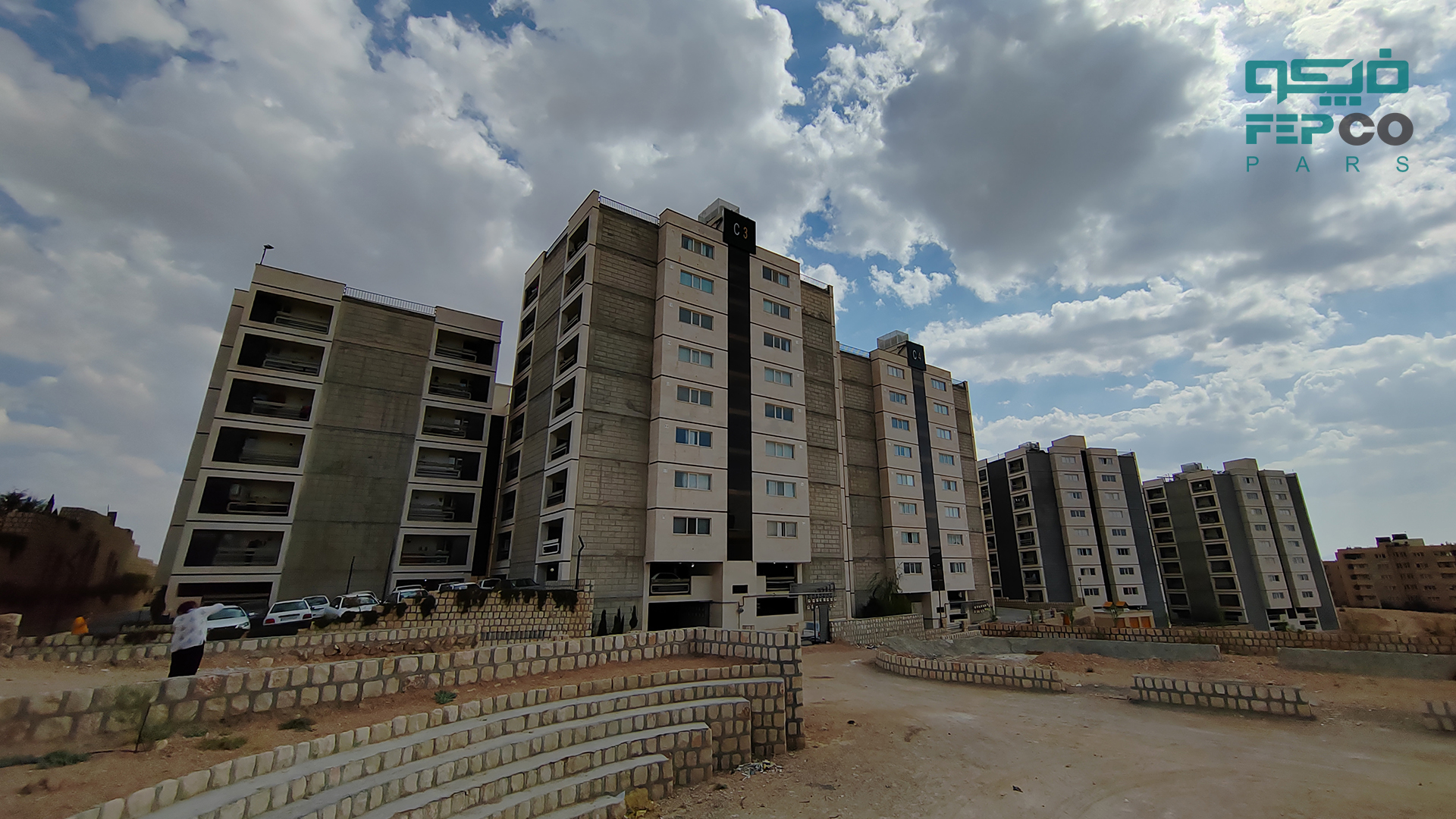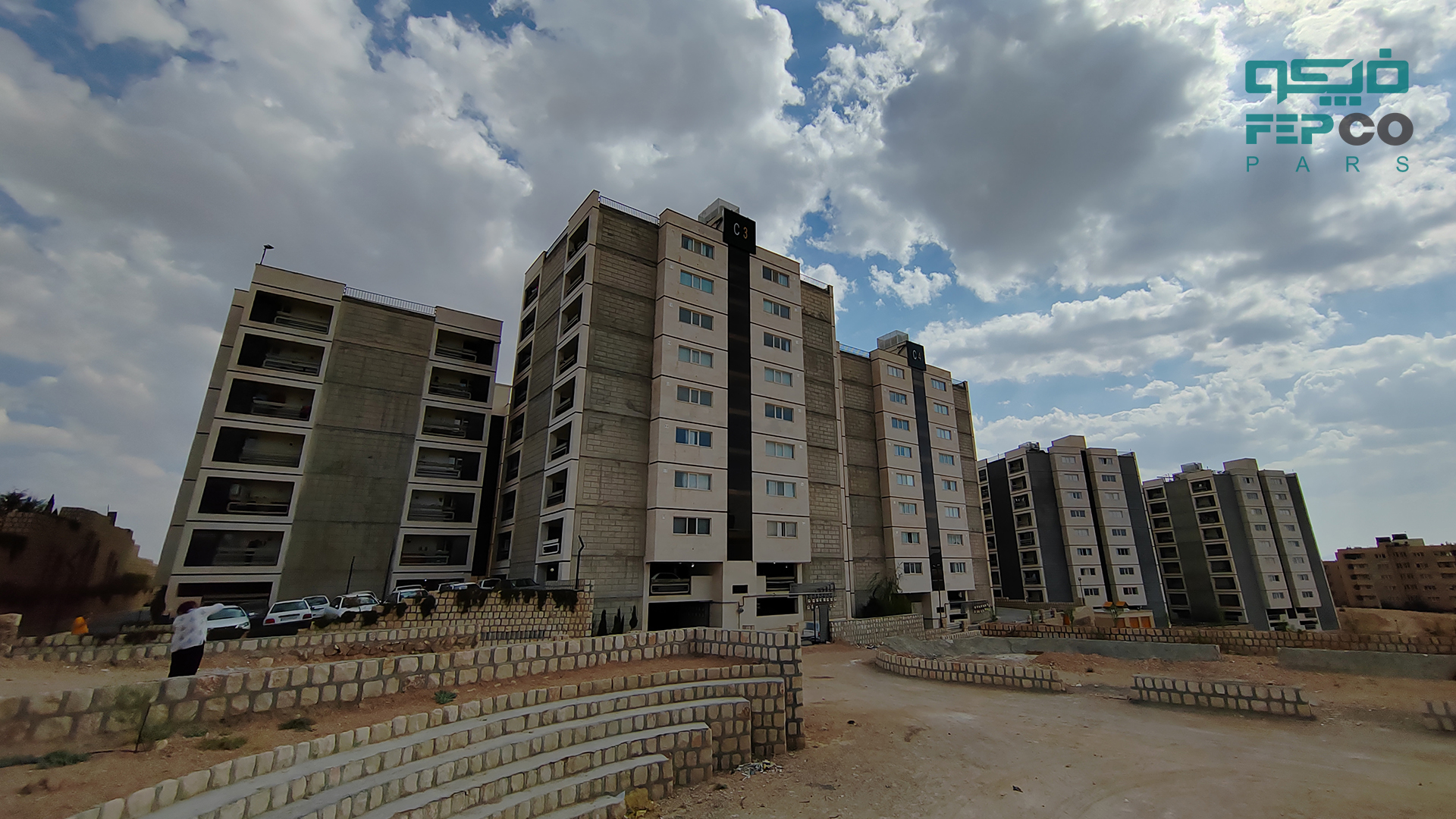Success in Construction Partnership Contracts is highly dependent on risk management and project profitability enhancement. However, partnership in construction is one of the most popular and common methods in the real estate industry, attracting much attention from contractors and investors due to its numerous advantages.
One of the main challenges in construction partnership contracts is risk management. To mitigate risks and increase the chances of project success, it is recommended that contracts are drafted with full precision and transparency. The key question to ask is: “How should a construction partnership contract be drafted?” Precise and transparent contracts, where the responsibilities and rights of each party are clearly defined, play a crucial role in reducing potential risks.
In construction partnership projects, “the role of project management in construction contracts” is one of the key success factors. Proper project management can help reduce costs and avoid delays. Additionally, the “profit and loss sharing in partnership contracts” should be carefully and fairly structured to prevent misunderstandings between the parties.
Ultimately, success in construction partnership contracts depends not only on careful planning and management but also on using tools such as insurance, risk management, and fair profit sharing. Fepco ( Saman Mechanical Farayand Energy Pars ), with years of experience in this field and the use of the best project management practices, helps you achieve successful outcomes in construction partnerships.
A construction partnership contract is a legal agreement between two or more parties who collaborate to jointly construct a building project. This type of contract is especially common in real estate, where one party owns the land, and the other, usually a developer or contractor, finances or manages the construction and development. After the project’s completion, the parties share the profits and benefits according to the initial agreement.
Key Components of a Construction Partnership Contract:
1. Land Ownership and Share:
– The landowner may offer their land as a share of the partnership in the project.
2. Builder’s Share:
– The builder or investor is typically responsible for financing the construction, managing the project, and executing the work.
3. Profit and Benefit Sharing:
– After the project is completed and the units are sold or leased, the profits are divided between the parties based on predetermined proportions.
4. Responsibilities and Obligations of the Parties in the Construction Partnership Contract:
– Each party is obligated to fulfill the responsibilities outlined in the contract, both financially and operationally.
Why Should Construction Partnership Contracts Be Taken Seriously?
1. Clarity in Responsibilities and Rights of the Parties:
– A construction partnership contract clearly defines each party’s responsibilities and obligations. For instance, the landowner must prepare their land for development, while the builder is responsible for providing financial and technical resources. A lack of a clear contract can lead to serious disputes between the parties.
2. Risk Reduction and Prevention of Legal Issues:
– One of the most important reasons to take these contracts seriously is the reduction of financial and legal risks. In case of any problems or disputes, the contract serves as the main reference for resolving conflicts and ensuring the parties’ rights.
3. Precise Profit and Loss Sharing:
– In a partnership contract, each party’s share of profits and losses is clearly defined. This allocation can be based on the parties’ agreement and proportionate to their investment or contribution. Such transparency helps prevent future disputes.
4. Better Financial and Time Management:
– Time and financial resources play a critical role in construction projects. A partnership contract not only specifies the project’s timeline and budget but also aids in better management of these resources, ensuring the project stays on track.
5. Protection of Financial Interests and Investments:
– By utilizing partnership contracts, parties can protect their financial assets and properties. For example, the landowner can ensure that the project progresses properly and according to the plan, and the builder can be assured of adequate funding and a return on their investment.
6. Leveraging the Expertise of Builders:
– A construction partnership contract allows the landowner to benefit from the expertise of professional builders without needing specialized knowledge in construction. Experienced builders can execute the project in the best possible way with minimal problems.
A construction partnership contract is one of the key tools for the successful execution of building projects. This contract, by providing an appropriate legal, financial, and operational framework, helps reduce risks, increase transparency, and protect the parties’ interests. Taking these contracts seriously not only ensures project success but also prevents future legal disputes and problems.
In construction partnership contracts, the secret to success lies not only in drafting precise agreements but also in intelligently managing profitability and risks.
Secrets of Construction Partnership Contracts: How to Manage Profitability and Risk
1. Thorough Knowledge of the Parties Involved
The most crucial aspect of any contract is having a thorough understanding of the parties involved. Ensure that both parties have adequate experience, credibility, and financial capability. Reviewing the background of the developer or investor can prevent future complications.
2. Clearly Defining Roles and Responsibilities
In a partnership contract, it’s essential to clearly define the roles, responsibilities, costs, and profit-sharing mechanisms. You must outline who will handle design, execution, financing, and even the marketing of the project. A lack of transparency in these areas increases risks.
3. Fair Profit and Loss Sharing
The extent of involvement and the sharing of profits and losses must be clearly and equitably defined. For example, if the developer bears more costs, they should receive a larger share of the profits. Well-drafted contracts prevent disputes and ensure a smooth partnership.
4. Insurance and Risk Coverage
One way to reduce risks in partnership contracts is through construction-related insurance. Civil liability insurance, project insurance, and policies covering potential damages play a critical role in protecting investments and reducing financial risks.
5. Setting Timelines and Commitments
A key aspect of risk management is setting a precise timeline for project completion. Delays not only increase costs but can also severely impact profitability. Contracts that include detailed schedules and commitments help prevent delays.
6. Transparency in Costs and Budgeting
Another success factor is transparency in costs and project budgeting. It’s vital to include all anticipated expenses and unexpected items in the contract. Proper financial planning reduces financial risks and enhances profitability.
7. Legal Management and Legal Consultation
Lastly, having an experienced legal advisor to review and draft the contract is essential. Legal matters can be complex, and without proper consultation, you may face future legal issues. Construction lawyers can help prevent potential fraud or exploitation.
8. Leverage Past Experiences
Learn from previous experiences, whether your own or others’. Studying similar contracts and analyzing the reasons for the success or failure of previous projects can provide valuable insights and help in drafting a better contract.
By following these tips and applying these strategies, you can increase profitability, reduce potential risks, and move towards a successful construction partnership.
Conclusion
This article provided a comprehensive and specialized analysis of various aspects of construction partnership contracts. Construction partnership in real estate development and investment requires high precision in drafting details and managing the project effectively.
The importance of risk management was highlighted as a key factor in ensuring project success. Proper risk management not only prevents legal problems but also allows contractors to continue projects with greater confidence. Construction insurance, as one of the crucial tools for risk reduction and financial protection, was also discussed.
One of the critical topics addressed was “How to draft a construction partnership contract?” Drafting a precise contract, where the rights and obligations of each party are clearly defined, helps avoid future problems. This issue is particularly important in profit and loss sharing, as a lack of transparency in this area can lead to serious disputes.
Another important point was the role of project management in construction contracts. Proper management can lead to strategies that enhance profitability in construction projects. Precise planning and management of financial and human resources are key to project success. Legal challenges in construction contracts should also be fully considered to avoid potential problems.
Finally, smart investment in construction projects and financing construction projects were other important topics covered. Considering these factors, Fepco ( Saman Mechanical Farayand Energy Pars ) can use its existing experience to help better manage projects, reduce risks, and increase profitability.
Frequently Asked Questions
1. What is a construction partnership contract?
A construction partnership contract is a legal agreement between a landowner and a developer or contractor, whereby the landowner provides their land, and the developer is responsible for financing and executing the project. After completion, profits and benefits are divided based on the agreement between the parties.
2. How can risks related to construction partnership contracts be reduced?
Risk management in partnership contracts can be achieved by drafting precise contracts, clearly defining the roles and obligations of each party, insuring the project, and using experienced legal consultants. It’s also important to work with reputable contractors with a solid track record.
3. What are the benefits of partnership contracts for contractors?
Partnership contracts allow contractors to participate in large-scale construction projects without needing significant initial investment. Additionally, profit-sharing based on the percentage of participation enables the contractor to benefit from the project.
4. How can the profitability of construction partnership projects be increased?
To increase profitability in partnership projects, it’s essential to employ professional project management, conduct accurate budgeting, implement proper financial planning, and leverage modern resources and technology to reduce costs and increase efficiency.
5. Why is insurance important in construction partnership contracts?
Construction-related insurance, such as civil liability insurance and project insurance, plays an important role in reducing risks and protecting project investments. These insurances can safeguard against unforeseen events like accidents or damage caused by natural disasters.
6. How is profit and loss sharing determined in a partnership contract?
Profit and loss sharing is determined based on the agreement between the parties in the contract. Typically, the landowner’s and contractor’s shares are determined based on the land’s value and construction costs. This agreement can be a percentage of the final profits.
7. What are the legal challenges in construction partnership contracts?
Common legal challenges include disputes over profit distribution, delays in project execution, and failure to meet obligations by one of the parties. Using specialized legal consultation can help reduce these issues.
8. What factors should be considered when drafting a partnership contract?
Key factors in drafting a partnership contract include clearly defining the roles and responsibilities of each party, outlining project details, specifying the profit-sharing method, and establishing a suitable project timeline. Legal and financial guarantees should also be included.
9. How can smart investment in construction projects be achieved?
Smart investment in construction projects requires careful evaluation of the project, location, contractors, and financial resources. Accurate financial planning and market analysis are also important factors in this regard.
10. How can financing for construction partnership projects be managed?
Financing for partnership projects can be sourced from private investors, bank loans, or other means. A strong financial plan and a precise strategy for using financial resources can help optimize costs and reduce financial risks in the project.





